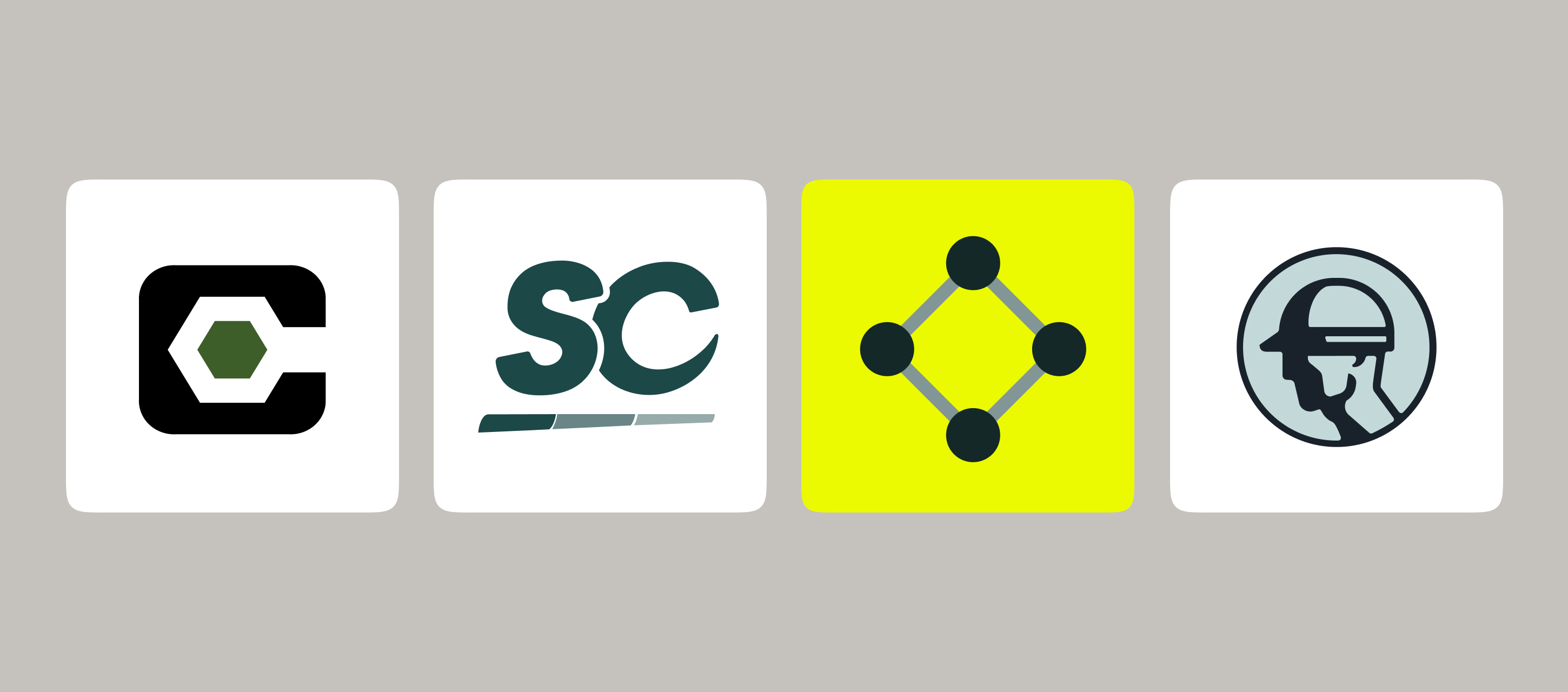Staying competitive in the remodeling industry is essential for your company’s success. With all remodeling companies looking for ways of doing things faster, cheaper, and simpler, running your company as efficient and nimble as possible can serve as a distinct competitive advantage.
Undergoing a digital transformation is one key way to stay ahead of your competition. Replacing traditional (or dare we say antiquated) pen and paper processes with modern remodeling project management solutions can improve accuracy, boost efficiency, and greatly reduce your costs.
Successful digital transformation in the remodeling industry, however, isn’t simply achieved by buying software and calling it a day. We too wish it were that easy, trust us. In fact, nearly $900 billion of the $1.3 trillion spent on digital transformation initiatives in 2018 went to waste, according to Harvard Business Review. Unless your remodeling business has money to waste, you really need to think through and plan your digital transformation from beginning to end — including the choice of digital tools you’re purchasing — before investing serious time and resources.
Don’t worry. We’ve got you covered. Here’s how you can protect your remodeling business from 4 common digital transformation mistakes:
Lack of purpose
What’s the real reason your remodeling company wants to go digital? Improved efficiency, greater access to data, and the ability to work faster can all be made possible in a digital transformation. It’s important to identify which (if not all) of the features will significantly improve your remodeling business. Capabilities for e-signing papers, for instance, can reduce turnaround times, lower costs, and improve the overall customer experience. Fully understanding how remodeling business software will improve an existing company can go a long way toward making sure they’re implemented properly.
Resistance to change
Remodeling companies may run into resistance before undertaking a digital business transformation. Up to 34% of employees and 30% of management in the construction industry are hesitant to adopt new technology. Unsupportive company culture can create skepticism and a lack of commitment to fully implementing digital transformation solutions that replace traditional ways of doing work. Educate and inform the employees of your remodeling company of the reasons you’re undergoing digital initiatives to ensure they’re fully on board with a better version of the future.
Murky digital initiatives in the construction industry
89% of organizations struggle with implementing enterprise digital transformation. That’s because attempting to integrate a few digital products into an old-school workflow doesn’t automatically transform the company into a digital operation. For a full-fledged jump into technology, your remodeling businesses must be prepared to fully embrace a digital transformation program. Sales teams, for instance, will have to say goodbye to pen-and-paper methods as they switch to the digital alternative of remotely shared electronic pricing tables and presentations.
Poor digital training
Executing a digital transformation of business processes isn’t as simple as flipping a switch: once the pieces are in place, employees need to know how to use them. Take time to ensure your team members are properly trained on how to integrate digital transformation tools into their everyday workflow. From demonstrating auto-populating form fields to office staff to showing sales reps how to make automatic quick calculations on order forms, in-house training sessions can ensure your employees are confident about how to use the new solutions. Once training is complete, weekly check-in meetings to discuss software or workflow issues can help smooth over any future rough patches.
Digital business transformation isn’t always smooth, but with the right amount of planning, a well-thought-out execution, and a commitment to training employees on new best practices, remodeling companies can avoid the common pitfalls that doom unsuccessful projects. A company’s commitment to the technology solutions that make remodeling work faster, easier, and safer, can help save money, boost business, and maintain a competitive edge.






